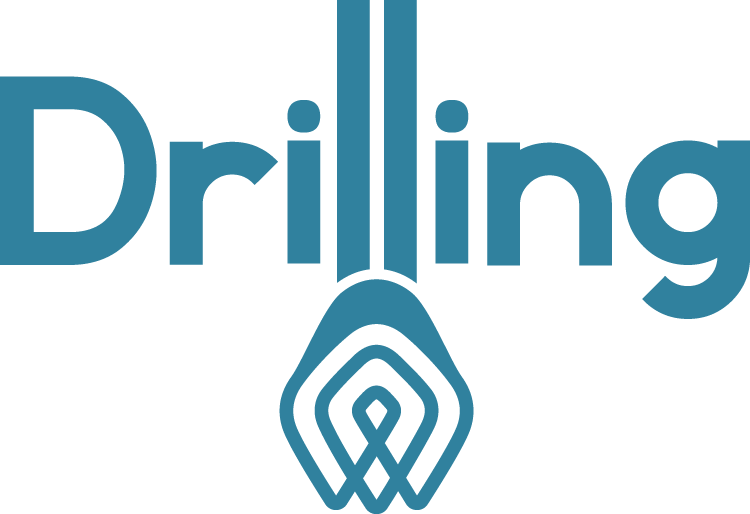To Collide or not to Collide: Characterizing Wellbore Proximity
With the increase in wells drilled from a single pad and more infill or re-entry drilling the importance of avoiding a collision is becoming more important. The viability of a development can be dependent on the accuracy and reliability of the proximity estimates. While in other applications, relief wells, abandonment and Geothermal developments the objective can be to intersect and ensure we have hydraulic conductivity between wells.
This session will have 2 parts, in the first part we consider achieving higher resolution in the wellbore separation through new calculation methods and improved measurements. In the second part we look at new ranging tools for rotary as well as coiled tuning assemblies and how these can improve the separation management when we need to connect adjacent wells.
-
0800-0825 217744An Analysis Of Drilling Projection Uncertainty And Implications For Collision Avoidance Management Systems
-
0825-0850 217728Methods for Evaluation of Wellbore Collision Probability in Critical Close-Proximity Regions
-
0850-0915 217696Active Magnetic Ranging While Drilling: Tool Function and Tests Results
-
0915-0940 217745Revolutionizing Wellbore Intersections: Advancements In Coiled Tubing Ranging While Drilling Technology For Access-Independent Wellbore Intersects
-
0940-1005 217948Drilling Integrity Analysis and Optimal Well Placement Based on 4D Coupled Geomechanical Modelling and Natural Fracture Prediction
-
Alternate 217939Avoiding High Local Doglegs by Integrating the Drill Bit into the Rotary Steerable System
 IADC/SPE International Drilling Conference and Exhibition
IADC/SPE International Drilling Conference and Exhibition



